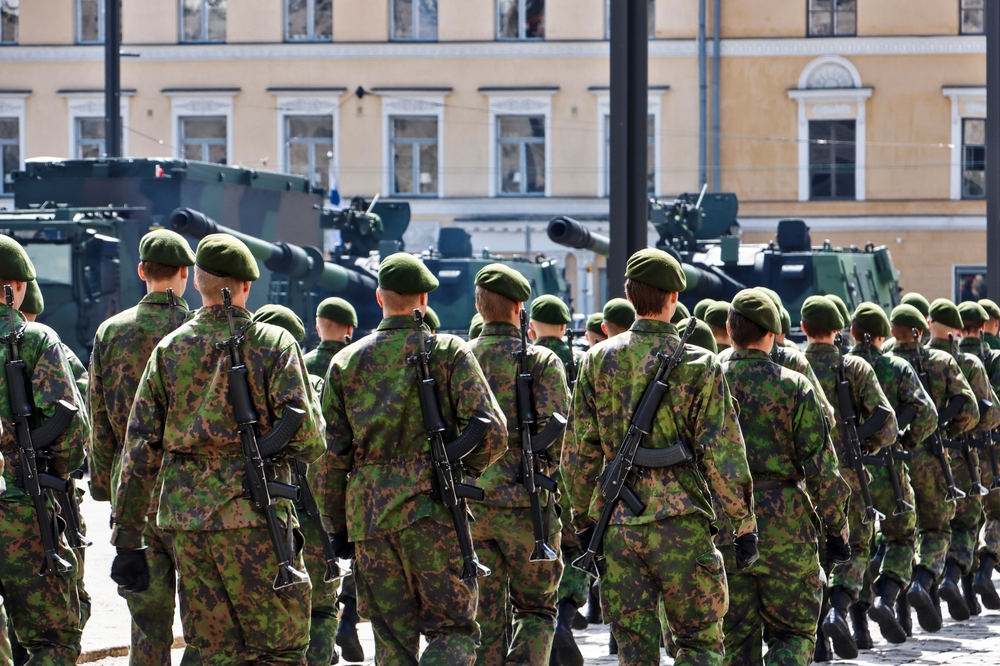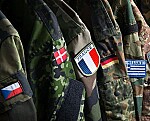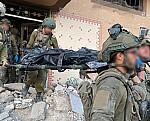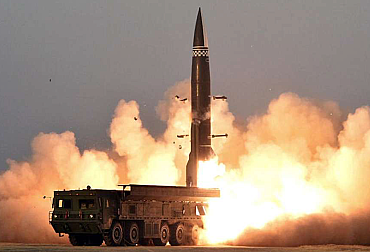Finland just sent a clear message to Moscow – and it starts with 3% GDP
In a landmark move signaling a dramatic shift in defense posture, Finland has announced plans to raise its defense spending to at least 3 percent of its gross domestic product (GDP) by 2029. The decision comes in direct response to what Finnish officials describe as a deteriorating security situation in Europe, particularly due to increasing military threats from neighboring Russia.

The Finnish Ministerial Committee on Economic Policy formally approved the ambitious defense spending target following a proposal from Defense Minister Antti Häkkänen. “This uplift will strengthen Finland’s defense even further,” Häkkänen said, emphasizing the need to respond robustly to Russia’s aggressive posture. “The new funding decision lets Finland answer to the current security situation in Europe and the military threat posed by Russia.”
As part of the defense overhaul, Finland’s armed forces will receive an additional €3.7 billion ($4 billion) in funding by 2029. This financial boost will enable a sweeping modernization of the Finnish Army, with priority placed on upgrading outdated equipment, enhancing combat readiness, and fortifying defense capabilities based on a threat-informed assessment.
Finland currently spends about 2 percent of GDP on defense—meeting NATO’s baseline requirement—but when accounting for strategic acquisitions like the purchase of 64 Lockheed Martin F-35A fighter jets and four Pohjanmaa-class corvettes, that figure rises to roughly 2.4 percent. The planned increase to 3 percent marks a significant leap and reflects a bipartisan consensus within the Finnish government to act decisively in the face of long-term risks.
Robin Häggblom, a Finnish defense analyst, described the move as both bold and necessary, particularly given the challenges posed by aging equipment and the ongoing demands of supporting Ukraine militarily. Much of Finland’s existing arsenal—including legacy systems inherited from East Germany, Poland, and Russia during the 1990s—is approaching obsolescence. Modernization efforts will focus on replacing key systems like heavy artillery, armored vehicles, and outdated battle tanks, including a likely decision to upgrade or replace the current fleet of Leopard 2A4 main battle tanks.
Häggblom noted that recent donations of Soviet-era artillery to Ukraine have further underscored the need to fast-track replacement procurement. “Authorizing the army to start making these procurements now means that the actual invoices will be sent approximately in four years,” he explained, highlighting the urgency given multi-year delivery timelines for modern defense systems.
To enhance its layered defense architecture, Finland has already taken steps to improve its air defense, including the 2023 acquisition of the David’s Sling system from Israel’s Rafael. Meanwhile, the modernization push will also include new infantry equipment, advanced weapon sights, and improved protective gear for soldiers.
In tandem with its military build-up, Finland is also moving to reassess its international treaty obligations. The Finnish government announced that it has begun preparations to withdraw from the Ottawa Convention, which prohibits the use, stockpiling, production, and transfer of anti-personnel mines. Officials argue that these weapons could play a critical role in bolstering Finland’s defensive capabilities, particularly in scenarios involving large-scale ground combat.
Finland’s shift mirrors a growing regional consensus. Like its Baltic neighbors and Poland—who publicly expressed interest in leaving the treaty last month—Helsinki now sees anti-personnel mines as a necessary component in deterring or delaying enemy incursions.
Finland has also continued to play a leading role in supporting Ukraine, providing more than €2.5 billion in military aid and recently unveiling a €660 million fiscal package that allows Kyiv to procure arms directly from Finnish suppliers.
Ultimately, Finland’s pivot toward a robust defense stance illustrates how the security calculus in Europe has been fundamentally altered by Russia’s war in Ukraine and its broader military ambitions. As Häggblom puts it, “There is a worry that Russia turning to a wartime economy means they will have problems going back to some kind of peaceful coexistence—even if somehow the Ukraine situation magically was resolved.”
Finland, newly inducted into NATO, is making it clear that it is not only willing to meet alliance obligations but also to lead by example in preparing for the threats of a more dangerous era.










